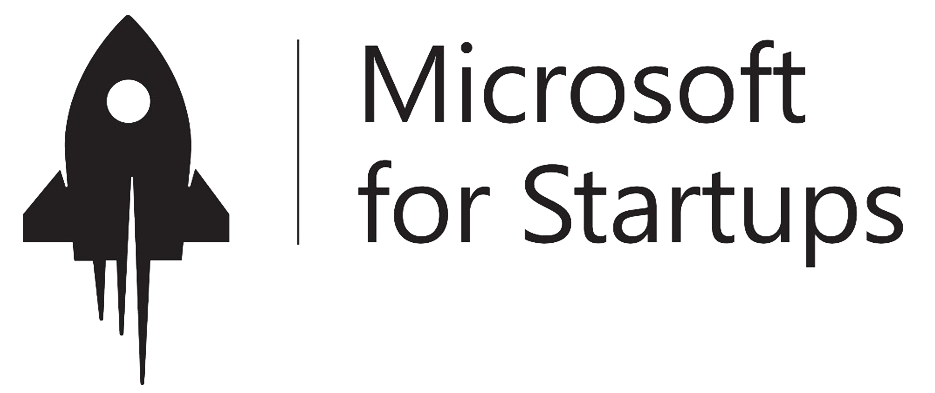29 Jun

A cluster is a network that brings together a group of companies in a given sector, which maintain cooperative relations between them and partnership links with institutions (training and research centres, laboratories, funding sources, associations, etc.). These links are coordinated by an animation function and a governance structure in order to carry out collaborative innovation projects.
Clusters would promote innovation and development in the territories. In reality, their performance is not the same everywhere. Differences in excellence have been highlighted by several studies. One of the success factors is communication!
👉 What is an extxranet?
So how do you communicate well within your cluster?
One of the expected objectives of clusters is to ensure that all their members participate in projects to stimulate innovation and foster competitiveness and growth. This decision to share initiatives in terms of technical or technological innovation between several players in the same territory is not necessarily self-evident. Clusters are made up of different stakeholders whose expectations, values and interests may be convergent, but also contradictory. Certain obstacles may then appear (mistrust, individualism, governance problems, lack of interest, lack of cooperative spirit, legitimacy, credibility…).
Hence the importance of cluster communication!
This is why communication is an essential element in the development of a cluster. Indeed, in order to create synergies and links of partnerships and cooperation, it is essential to create relationships of trust so that projects can take shape and research and development activities can be launched. It is obvious to say that you cannot create a working group between people who do not know each other, who do not get along. We must therefore seek to create trust, and links between the different players, so that the cluster can fulfil its objectives in terms of innovation and growth. This requires a sharing of interests and issues between all stakeholders.
Clusters must first of all convince companies and partners to join the cluster, and that everyone finds their interests and objectives there. They must then be mobilized around a common strategy and vision, but also communicate to the outside world to develop a notoriety, an image, an identity, and visibility and communicate around its credibility, achievements, objectives, vision and the interests of stakeholders to ensure a certain attractiveness, in order to attract new members and partners, which will guarantee the cluster reaching a critical size that will have positive effects on the number of innovation projects, the development and growth of companies, the cluster itself and the attractiveness of its territory.
To develop its communication strategy, at the institutional level, a cluster must first ensure a clear “positioning”.
To do this, evaluate the expectations of the players and targets, the key skills, the know-how and the means of action by asking yourself the following questions:
> What is the mission of the cluster and its identity and what are its values?
> What are the objectives of the cluster? To serve the local fabric? Attract international players? To become an international expertise and innovation cluster?
> How do you see the cluster in time: in 5 years? In 10 years? In 15 years?
Then identify your targets:
> Cluster staff, president, governance bodies.
> Member firms and partners.
> Commissions …etc.
Set your communication goals cluster : the goal of the communication strategy must make the cluster a known network that the companies of the region and the project leaders solicit you to strengthen their capacities of innovation and the improvement of their performances as well as their competitiveness on a national and international scale.
Strategic objectives: Communication should achieve internal and external objectives in the short, medium and long term.
INTERNAL COMMUNICATION :
Objective: The internal dimension should boost the cluster’s operation. It must therefore shape its identity and facilitate its appropriation by its members. It must facilitate the translation of its vision into reality and the achievement of its mission over time.
The objectives of internal communication can be as follows:
– Sharing a common, appropriate identity and vision that is perceived and disseminated.
– Improve information sharing and the level of engagement between members and partners within the cluster.
– Develop and convey joint, relevant and consistent messages that are likely to attract new members and partners.
In order to achieve these objectives, it is necessary to:
– Inform, communicate and strengthen team spirit by ensuring adherence to a common vision.
– Adopt tools that facilitate the sharing of information.
– Establish mechanisms for a cooperative and collaborative spirit.
– Produce and disseminate relevant, coherent and consistent information.
– Develop joint communication and disseminate messages in one voice…etc.
Discover Cocoom to communicate in your cluster!
EXTERNAL COMMUNICATION :
Objective: External communication must improve and strengthen interactions with the different targets (companies, partners, stakeholders…).it must enable the cluster to improve and strengthen interactions with the different stakeholders and the different targets/partners in order to produce the objectives and results related to the cluster’s mission, while ensuring its visibility, notoriety and attractiveness. The ultimate goal is to make the cluster a known network through its vision, mission, functioning and above all its added value to enterprises, which will allow to obtain membership, participation and satisfaction of stakeholders and attract new members and partners.
Thus, the objectives of external communication can be as follows:
- The cluster is known through its vision, its mission, its functioning, and above all the added value it brings to its members.
- A cluster obtains full buy-in, participation and satisfaction of the different / target partners and its members in the realisation of its vision, mission and actions.
- The cluster has national and international visibility and actively contributes to the improvement of territorial attractiveness.
In order to achieve these cluster communication objectives, it is necessary to :
– Make the cluster known, and inform about its identity, its mission and its activities.
– Increase the frequency of exchanges with target companies and various stakeholders.
– Communicate around the credibility of the cluster and the interest of companies.
– Raise awareness among the targets on the support that the cluster will be able to give them, the added value that the cluster brings them in terms of innovation capacity building, and the benefits of cooperation strategies, as well as the interest of SMEs to join clusters.
– Realize and develop information and communication supports.
– Develop partnerships with the media and other institutions that will be able to participate in the achievement of the strategic objectives.
Find out more!
<a href=”https://cocoom.com/communication-externe/communiquer-reseau-franchises/”>👉 How do you communicate with your franchise network? </a>
<a href=”https://cocoom.com/management/manager-les-equipes-distantes/”>⚙️ How do I communicate with my remote teams?</a>





